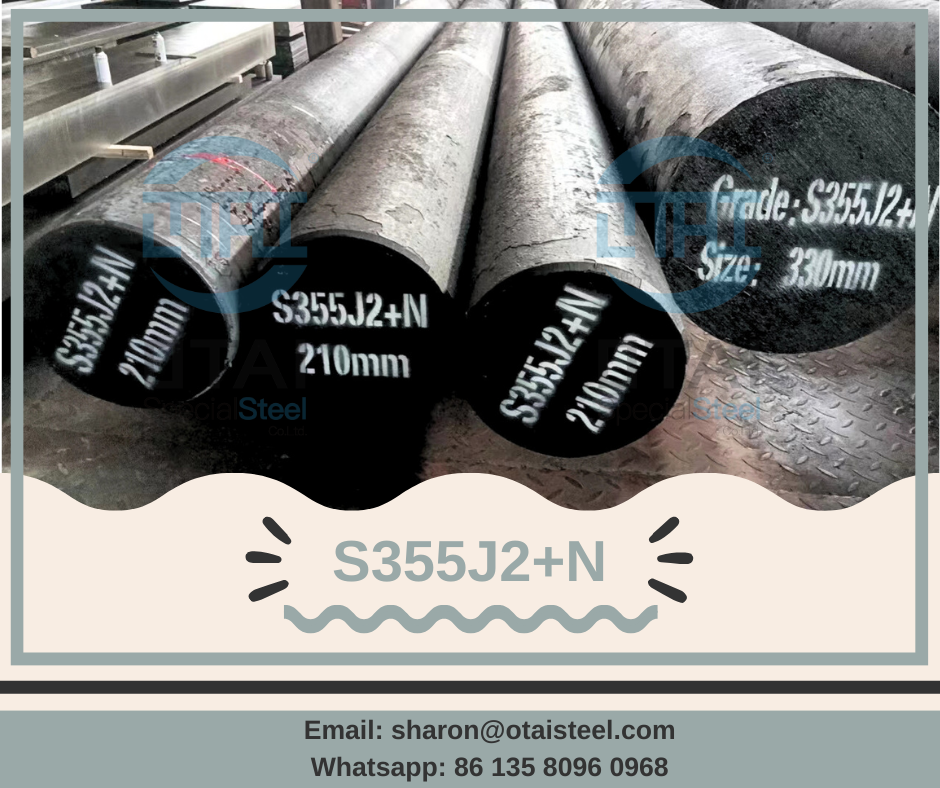Steel is a versatile material widely used in various industries for its exceptional strength and durability. One specific steel variant that has gained prominence is S355J2+N. In this post, we’ll delve into the crucial aspect of heat treatment for S355J2+N, addressing common questions and concerns surrounding this process.
Understanding S355J2+N
Before delving into the intricacies of heat treatment, let’s gain a comprehensive understanding of S355J2+N. This steel grade is known for its excellent mechanical properties, making it suitable for structural applications in diverse sectors. Its enhanced strength and impact resistance set it apart, ensuring optimal performance in challenging environments.
The Significance of Heat Treatment
Heat treatment is a critical process in enhancing the properties of steel, including S355J2+N. This method involves the heating and cooling of the material to alter its physical and mechanical characteristics. For S355J2+N, the primary goals of heat treatment are to refine its microstructure and optimize its performance in specific applications.
Stages of Heat Treatment
The heat treatment of S355J2+N typically involves several key stages:
1. Annealing:
Annealing is the initial step, focusing on heating the steel to a specific temperature and then gradually cooling it. This process aims to relieve internal stresses and improve the material’s machinability.
2. Normalizing:
Normalizing involves heating the steel to a temperature above its critical range and subsequently air-cooling it. This stage refines the grain structure, enhancing both strength and toughness.
3. Quenching:
Quenching is a rapid cooling process that imparts additional hardness to S355J2+N. The steel is heated to a critical temperature and then rapidly cooled using water, oil, or air.
4. Tempering:
Tempering follows quenching and involves reheating the steel to a specific temperature. This step imparts toughness and reduces brittleness, ensuring a balanced combination of hardness and resilience.
Achieving Optimal Results
To ensure the effectiveness of the heat treatment process for S355J2+N, precise control of temperatures and cooling rates is paramount. This meticulous approach guarantees the desired mechanical properties, making the steel well-suited for its intended applications.
Common Questions About S355J2+N Heat Treatment
- Is heat treatment mandatory for S355J2+N? While not mandatory, heat treatment enhances the steel’s properties, making it more suitable for demanding applications.
- What is the recommended quenching medium for S355J2+N? The choice of quenching medium depends on the desired hardness. Water provides rapid cooling, while oil offers a slower rate.
- Can S355J2+N be welded after heat treatment? Yes, S355J2+N retains its weldability post-heat treatment, provided proper procedures are followed.
- What applications benefit most from S355J2+N’s heat-treated state? Industries requiring high-strength, impact-resistant components, such as construction and heavy machinery, benefit significantly.
- Are there alternative heat treatment methods for S355J2+N? Yes, variations in temperature and cooling rates during heat treatment can yield different material properties.
Conclusion
In conclusion, the heat treatment of S355J2+N plays a pivotal role in optimizing its mechanical properties for diverse applications. Understanding the nuances of this process is essential for harnessing the full potential of this exceptional steel grade.
For further inquiries or to explore how S355J2+N can elevate your projects, feel free to reach out to us at sharon@otaisteel.com or via WhatsApp at +8613580960968.











